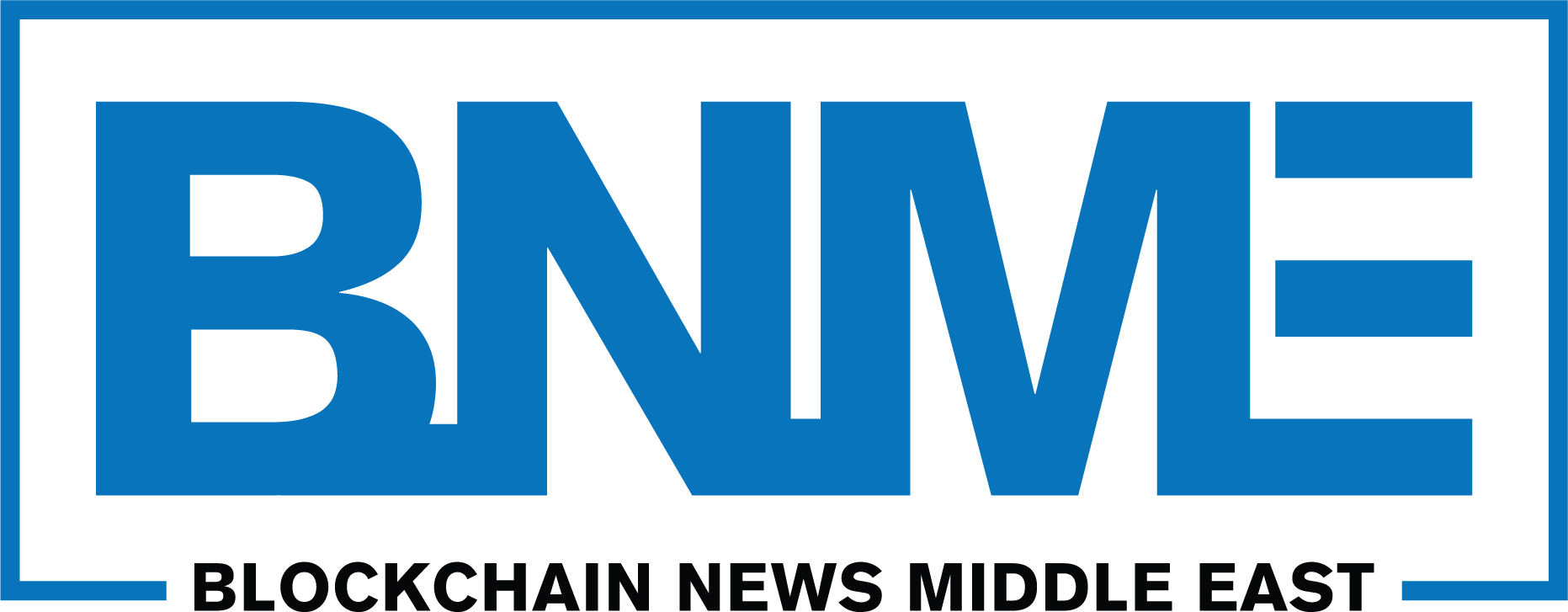As the blockchain ecosystem evolves, staying informed about emerging technologies is crucial for developers, investors, and anyone navigating the decentralized finance (DeFi) landscape. One key distinction gaining traction is the difference between Decentralized Applications (DApps) and RollApps—two foundational tools reshaping how blockchain-based platforms are built and scaled.
A recent thread by Shibarium Updates on X (formerly Twitter) dives into how these technologies function and what they mean for the future of decentralized development.
What Are DApps? The Shared Infrastructure Model
DApps, or decentralized applications, run directly on existing blockchains like Ethereum, Polygon, or BNB Chain. Think of DApps as tenants in a large apartment complex—each app shares the building’s infrastructure, including bandwidth, gas fees, and validator services. While this setup makes DApps relatively easy to deploy, it also means they’re subject to the limitations and traffic of the host chain.
For example, an Ethereum-based DApp must pay gas fees in ETH and compete with other applications for validator attention. During peak periods, this can result in slower transaction times and higher costs.
Despite these constraints, DApps remain an appealing option for small teams and startups looking for low-barrier entry into the blockchain space. They require minimal setup and benefit from the security and network effects of well-established blockchains.
Enter RollApps: A New Layer of Customization and Speed
In contrast, RollApps function more like independent homes within a city. Built as application-specific rollup chains, RollApps offer teams full control over network operations—allowing them to set their own transaction fees, choose a custom gas token, and configure scaling parameters.
A standout example is Dymension’s RollApps, which handle most activity on their own infrastructure while settling finality on a main blockchain. This hybrid approach enables faster confirmations and greater customization for developers.
For projects that prioritize performance, privacy, or unique business logic, RollApps offer the autonomy to design a bespoke blockchain experience. They’re especially attractive to scaling initiatives that want to avoid the congestion and bottlenecks common on Layer-1 networks.
Strategic Implications: Choosing the Right Path
Both DApps and RollApps play vital roles in blockchain development. DApps provide an accessible launchpad with minimal overhead, ideal for MVPs or early-stage deployments. RollApps, meanwhile, offer a high degree of sovereignty and scalability, making them a compelling choice for mature platforms and ecosystem builders.
The Layer-2 solution Shibarium exemplifies this balance. By integrating RollApps, the network aims to enhance speed and reduce transaction costs—key factors in user retention and network efficiency.
Looking Ahead
As blockchain technology continues to mature, the decision between launching a DApp or developing a RollApp will significantly shape a project’s trajectory. Understanding the differences isn’t just technical—it’s strategic.
With scalability, cost, user experience, and customization on the line, the tools developers choose today could define their success in tomorrow’s decentralized economy. As the next wave of blockchain innovation unfolds, knowing when to share infrastructure—and when to build your own—may be one of the most critical decisions a Web3 team can make.




























